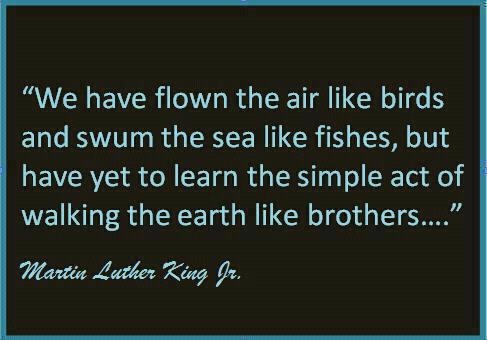Flipping through television channels is one of my least favorite things to do, but that is what I was doing Sunday evening when I discovered CNN’s “This is Life with Lisa Ling,” a series that describes itself by saying that Ling “goes on a gritty, breathtaking journey to the far corners of America.” The episode I watched was more grisly than gritty as she journeyed to the L.A. County Coroner’s office (like “This is Death with Lisa Ling”).
The show was creepily captivating—and a little personal since I learned that everyone who dies in L.A. County outside of being in a hospital under physician’s care is taken to the warehouse that Ling toured for the world to see. I live in L.A. County.
I also learned that approximately eleven thousand dead bodies are processed in same warehouse each year, which if you do the math, is a lot. The crazy number is at least understandable since L.A. County is the most populous county in the nation (ten million people!), which is like Arkansas plus Mississippi plus Oklahoma (or, for easy math, the nation of Sweden). But still. That thirty dead people on average show up there every day is just difficult to imagine.
Ling introduced viewers to several employees filling several roles at the Coroner’s, and in so doing, basically walked us through the entire process. In particular, we followed the path of the unidentified dead, from the search for family members to the eventual cremation of those whose families cannot be found.
I mean, it was a fun show. Sort of a new Addams Family!
No, it was heartbreaking. Until, that is…
At the end of the hour, Ling shared that the Coroner’s office periodically hosts a multi-faith service in Evergreen Cemetery to honor the unidentified, which sadly numbered over a thousand at the one featured on our television screen. That part was still heartbreaking. The heart-mending part for me was the point Ling made that although these souls died alone, their ashes are honored in community.
That part—the honoring of all people in community—fits the name of Ling’s show. That is what life is all about if you ask me. Now, if we can just work backward and honor the lonely while they are still alive, we will have arrived at someplace worthwhile.





 My Best Attempt
My Best Attempt